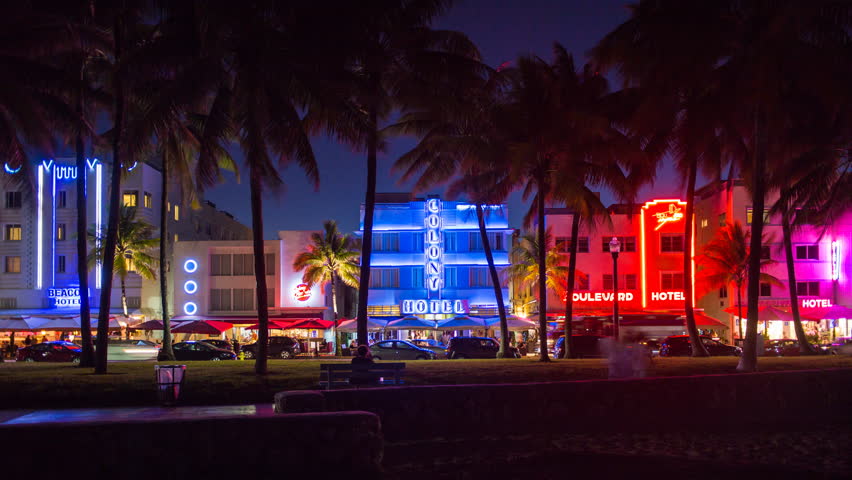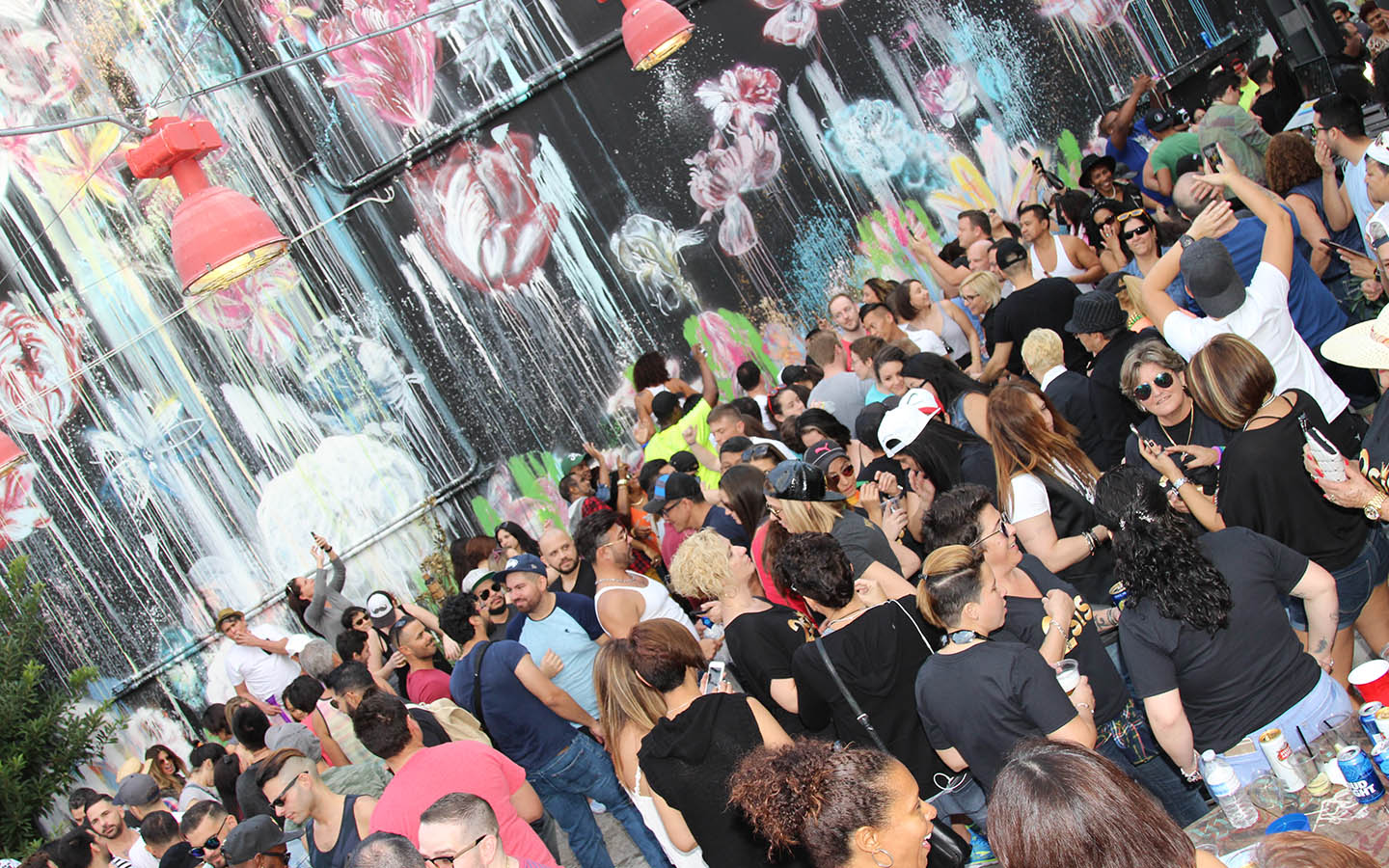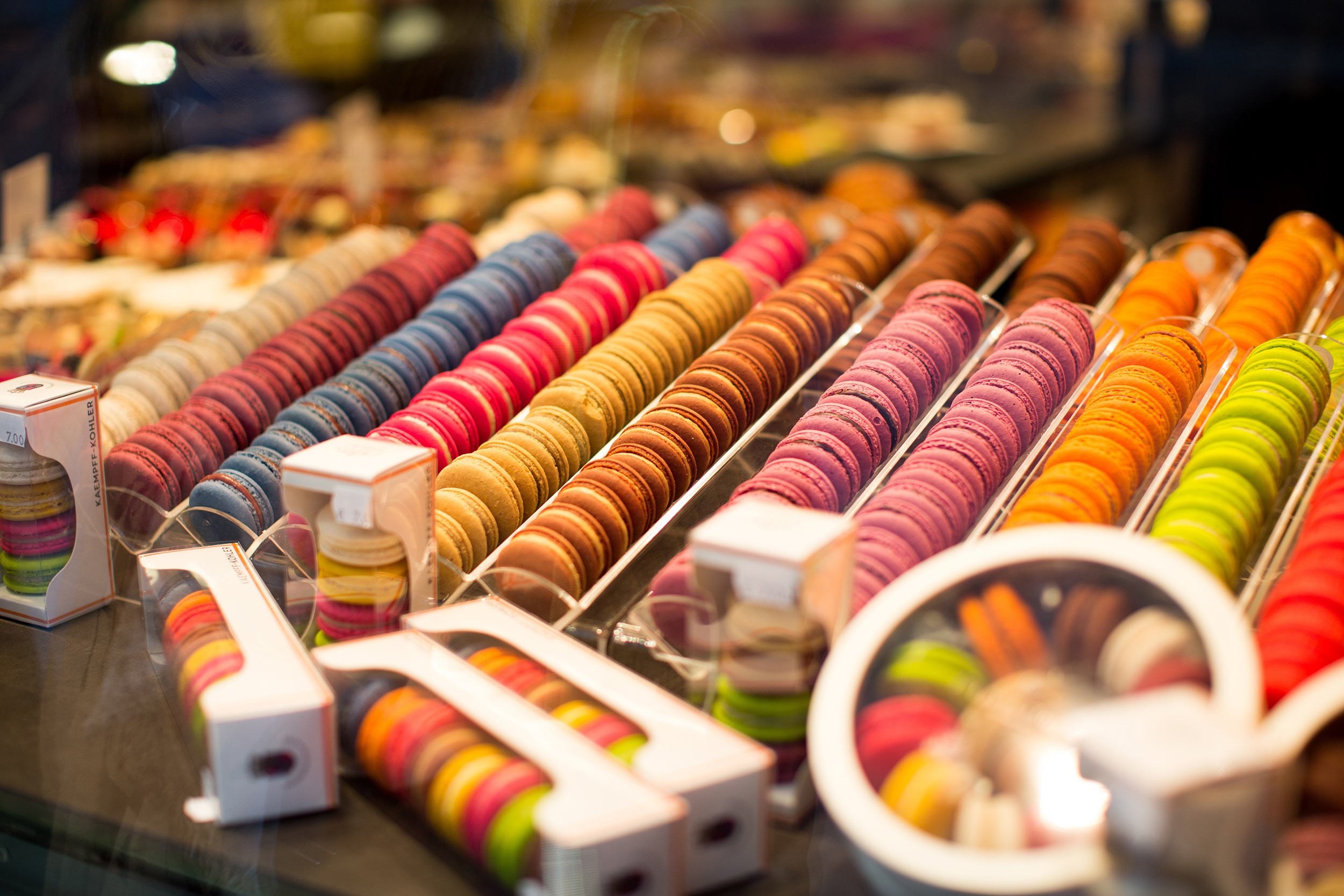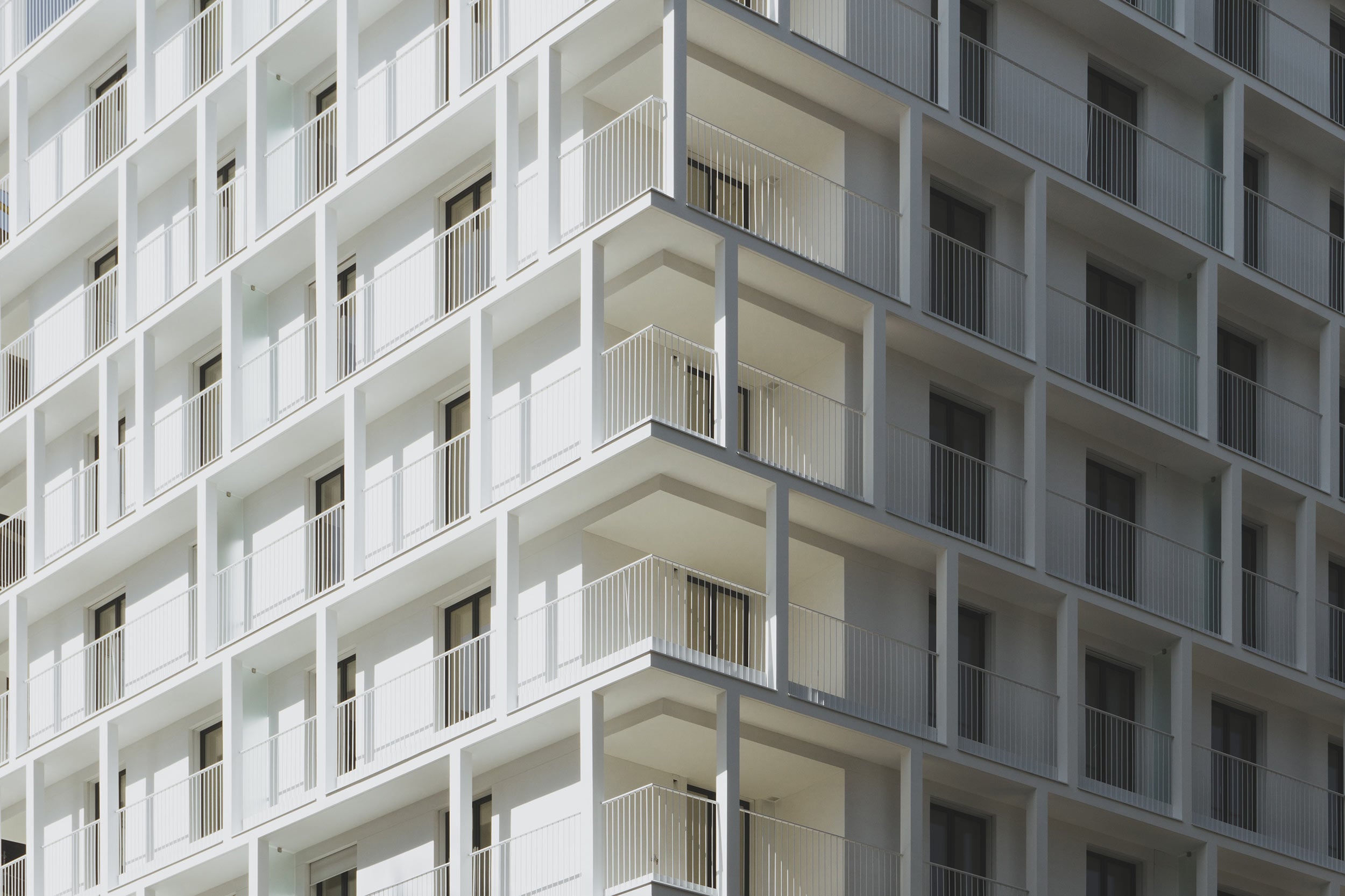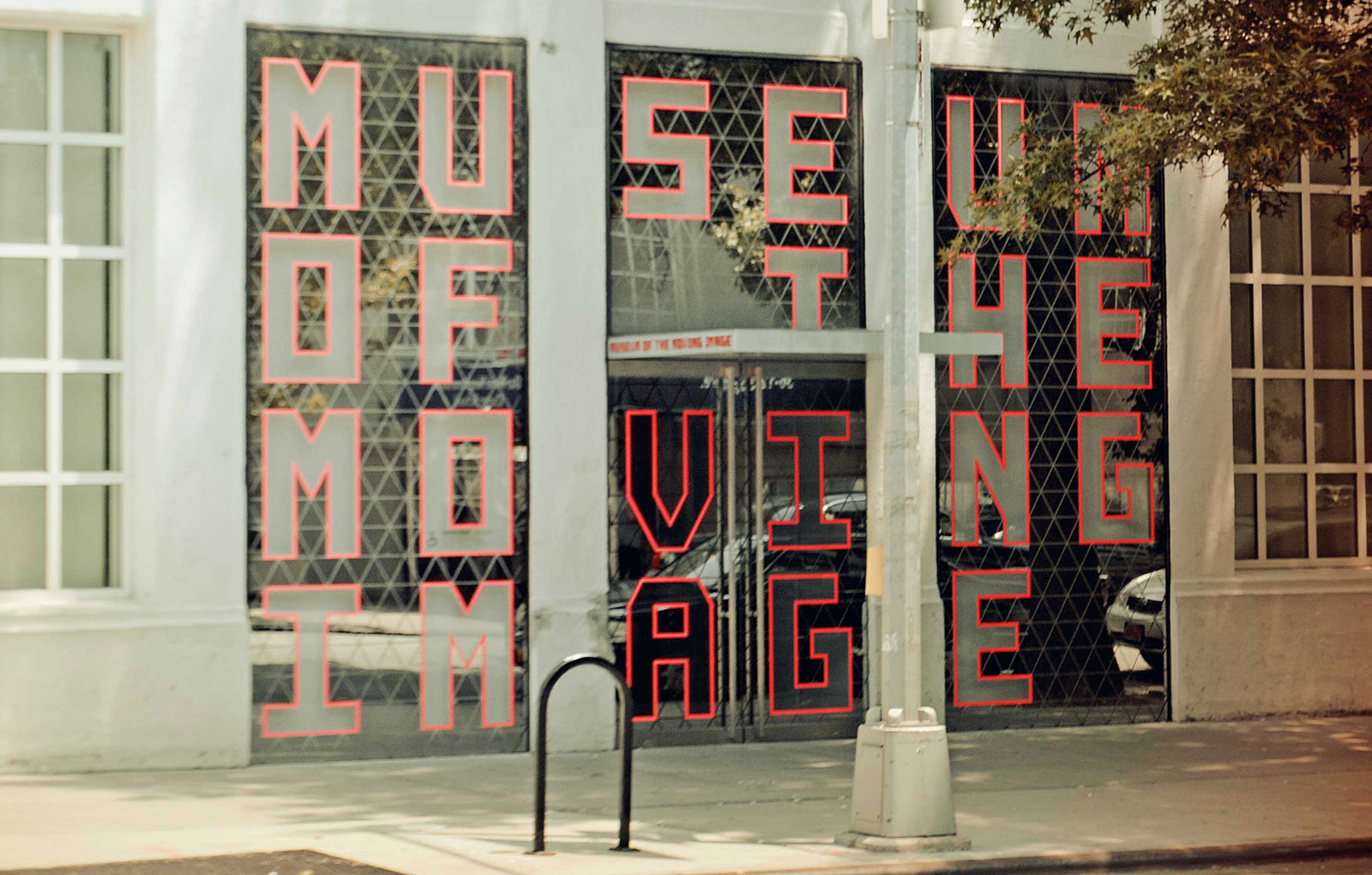Wynwood
Creative, explosive and eccentric, Wynwood is the artistic heart of Miami.
Dynamic and trendy, this neighbourhood is characterised by small ateliers, high fashion boutiques, art galleries and exhibition spaces, more than 70 overall.
You can feel it also in the streets, full of graffitis and murales.
Wynwood is also called the Little San Juan and El barrio, for its historic puerto rican origins: modernity and traditions mixed together that generate a unique atmosphere.
Creative spirits and style lovers step up: the city tour starts from here.
Coralway
Coralway is situated northwest of Downtown Miami, on the road that brings to Coral Gables.
Its historicity can be admired in the architecture that mixes Art Déco patterns and buildings in a twenty’s Revival Mission style.
There is a strong cuban presence that can be seen in cafes and in restaurants with typical latin menus.
Coralway is a colourful neighbourhood, ideal for those you prefer a healthy and calm lifestyle: you will be able to attend a yoga class among banyan trees or relax in one of the many holistic center that you’ll find.
Very convenient for its proximity to Little Havana, which you have to visit absolutely.
Miami Beach
You say Miami and you think of Miami Beach: sun, white beaches with its characteristic lifeguard watchtowers, young and fit people and luxury cars.
Miami Beach is the carefree soul of the city, a paradise surrounded by tropical vegetation, as in the best movies.
This neighbourhood is the ideal destination for a seaside holiday, if you like having fun, clubs and dance all night.
Don’t forget to put sunscreen and comfortable clothes in your bag.
Downtown
Downtown is Miami’s beating heart, characterized by its museums, shopping malls, hotels, and a skyline full of skyscrapers built by famous architects.
The modern soul of Miami is expressed through the streets of this rich neighbourhood made of open air spaces, sport and musical events reachable through the Metromover, the transport sistemy raised above the city.
Comfort, luxury and services are a must in this neighbourhood that looks at modernity.
Coconut Grove
We are in the greenest neighbourhood of Miami, both classy and extravagant, the meeting area of students, creatives, curious and tourists who love local markets.
Founded more than 200 years ago, Coconut Grove is a tropical oasis, in which nature has built in with the urban asset, gifting tourists and its inhabitant with a unique view.
The proximity to the University of Miami in Coral Gables and Key Biscayne has made this neighbourhood a centre of attraction for young people and students that spend their free time between museums and bars and take part in the musical events and festivals that characterise Coconut Grove nights.


